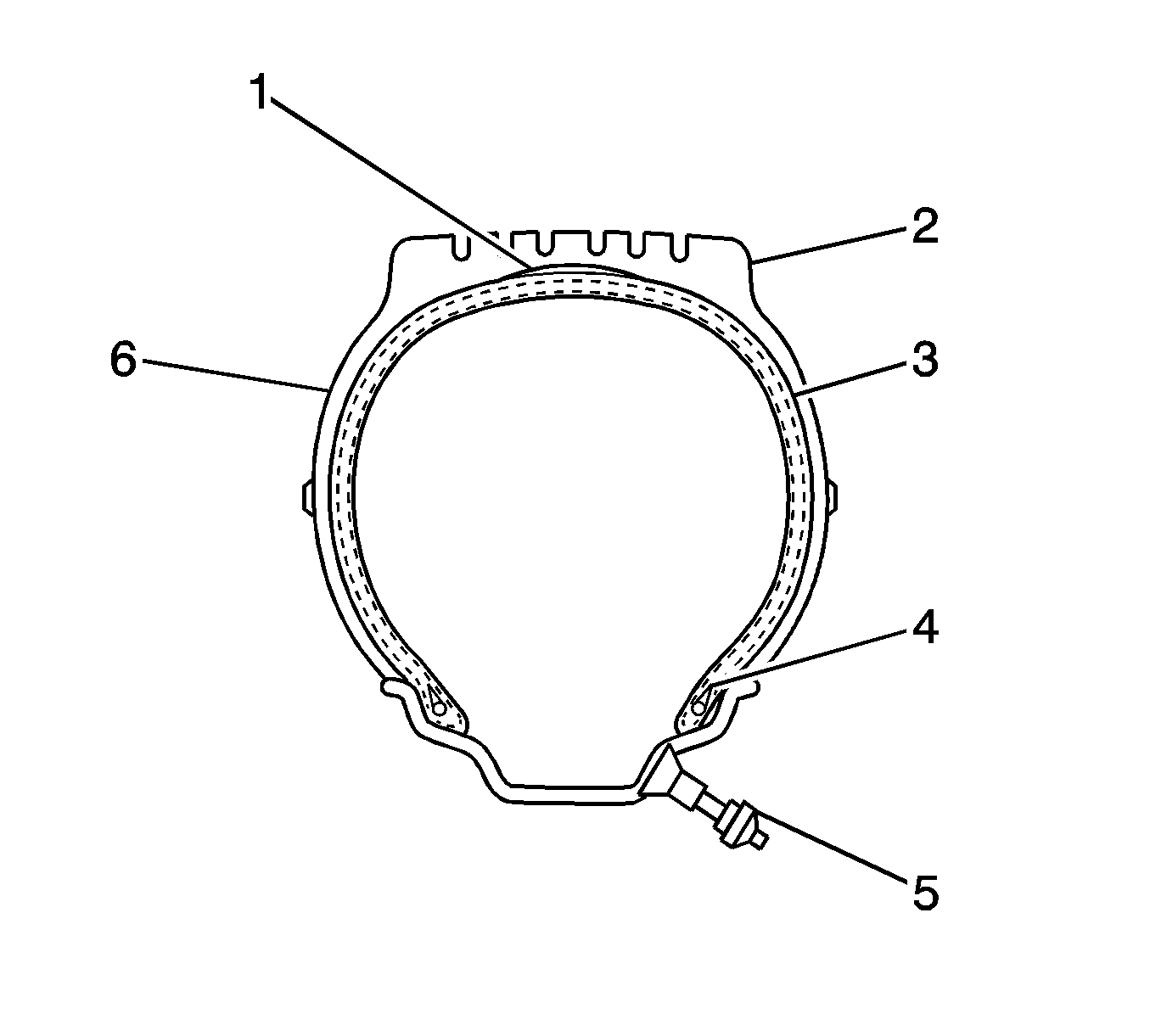Structure of a Tire

Tread
The tread (2) is the part of the tire that contacts the road surfaces directly and is fixed on the outside of the tire carcass and breaker. It is a strong rubber coat made of high anti-abrasion rubber. Its running performance depends on its surface profile.
Breaker
The breaker (1) is a cord belt between the tread and carcass. It prevents damages of the inner code due to outer shock and vibration.
Carcass
This major part of the carcass (3), made by piling code papers of strong synthetic fiber, forms a structure of the tire. Since it maintains tire pressure and endures applied load and shock to the tire, it should have a high anti-fatigue characteristic.
Bead
The bead (4) is a steel wire winding the ending part of the carcass code, coated with rubber film and wrapped with nylon cord papers. It fixes the tire to a rim.
Valve
Tires used in current vehicle are mostly tubeless tires. In some cases, the tire has a valve (5).
Side Wall
The side wall (6) provides comfortable driving by protecting the carcass and cushion movement.
Nomenclature



